Table of Contents
Religion has changed over time, and today, in this modern age, it becomes a fascinating journey. Many people’s lives have been driven by religion, and it has had a significant influence on their views as well as their lifestyles. Knowledge of the oldest religions helps us choose which ideas and beliefs we should follow in our lives.
In ancient times, people who followed religion would criticize or defend specific systems. But with the advancement in knowledge, people follow religion with peace and unity.
Religious texts were able to speak to a large number of people and provide new meaning and purpose for their lives. In this blog, you will learn about the oldest religions in the world.
Read More: Religion – Readers Desire
8 Oldest Religions in the World
1. Hinduism (founded around the 15th–5th century BCE)

Hinduism is the world’s oldest and first oldest religions that is still practiced. This religion does not have a specific founder or any single religious text.
It is a combination of both ancient traditions and beliefs. The oldest scripture of Hinduism is the Rig Veda (3,500 years old). The practitioners refer to this oldest religions as Sanatana Dharma.
According to Hinduism, there are four goals in an individual’s life: dharma, kama, artha, and moksha. According to Hinduism, bulls and cows are also considered sacred animals.
Hinduism’s teachings are still practiced by millions of people worldwide, mostly in India and the nations that surround it.
2. Judaism (founded around the 9th–5th century BCE)
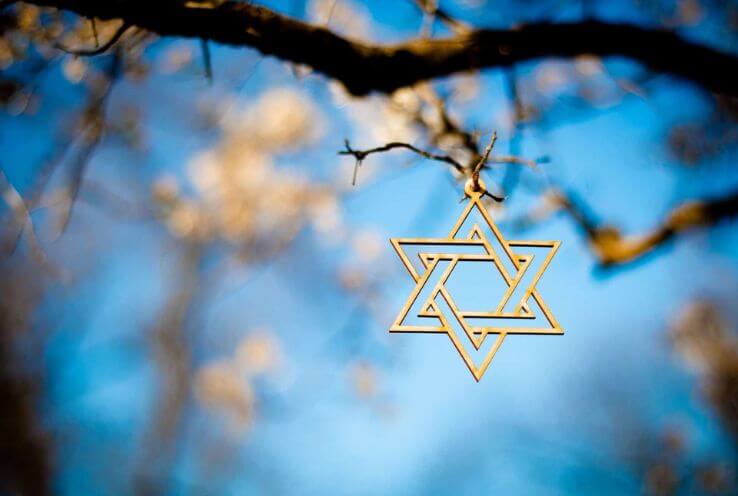
Judaism was founded by Abraham, who was considered to be the ancestor of the Jewish people. This is one of the oldest religions in the world and has several sacred texts. The Torah is the larger text, which is known as the Tanakh or Hebrew Bible.
The teachings of Judaism are that there is only one God who is eternal and incorporeal, and it wants people to do what is just and forgiving.
There are three major movements within modern Judaism: Reform Judaism, Orthodox Judaism, and Conservative Judaism.
3. Zoroastrianism (founded around the 10th–5th century BCE)

Zoroaster, a prophet and reformer, founded Zoroastrianism formally in the sixth century BCE. According to archaeological evidence, the religion’s origins date back to between 1,200 and 1,500 BCE.
The teaching of the Zoroastrians was that there was only one God, known as Ahura Mazda.
It was the most powerful religion at that time. From 600 BCE to 650 BCE, it was also the recognized religion of Persia.
It has many fundamental principles that are shared with the religions of Judaism, Christianity, and Islam. This religion focuses on the dualistic nature of the world, i.e., heaven and hell.
4. Buddhism (founded around the 6th–5th century BCE)
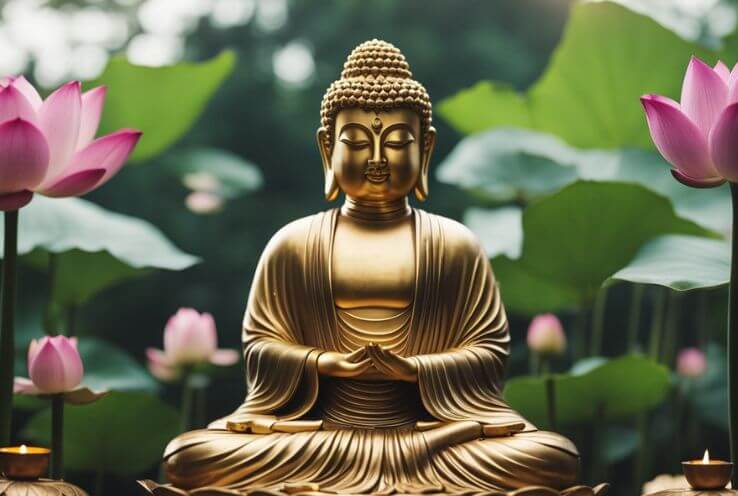
Buddhism was founded by a man named Siddhartha Gautama, who was born in Nepal 2,500 years ago. Siddhartha left his luxurious life behind when he experienced human misery for the first time.
Sitting under the Bodhi tree, he attained enlightenment, thought about the purpose of life, and changed into the Buddha.
The followers of Buddhism practice his teachings and follow the path of enlightenment. The Buddhist teachings have four noble truths, i.e., dukhka, samudaya, nirhodha, and magga.
5. Confucianism (founded around the 6th–5th century BCE)
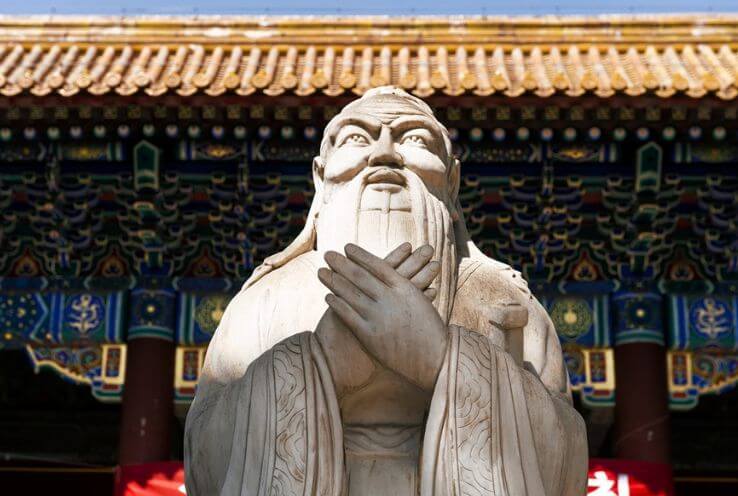
Confucianism was also called Ruism or Ru-classicism, and it was founded by the Chinese philosopher Confucius.
This was a system of thought and behavior that originated in ancient China and it was described as a religion. Later, it was known as the “Hundred Schools of Thought.”
Confucius tried to bring back the values and beliefs of the Zhou dynasty. The followers of this religion look at it as a system of social and ethical philosophy.
Later, it influenced the political and spiritual lives of the Chinese people. This religion has an impact on many parts of East Asia, such as Japan, Vietnam, and Korea.
6. Jainism (founded around the 8th–2nd century BCE)
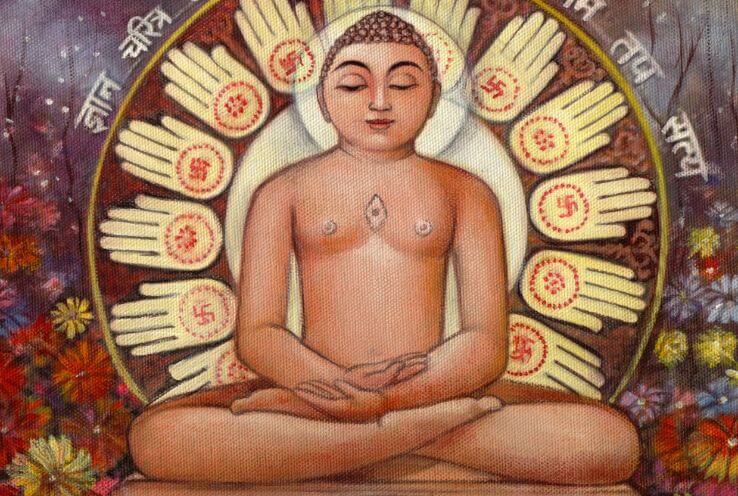
Jainism, often called Jain Dharma, is one of the oldest religions still practiced in India. Digambaras and Svetambaras are the two important ancient sub-traditions that have distinct perspectives on ascetic practices, gender, and the texts. There are three sub-traditions of the Svetambaras tradition, i.e., Mandirvasi, Deravasi, and Sthanakavasi.
It is comparable to Buddhism and Hinduism in terms of ideas and practices. There is not a single religious text that was used by followers of Jainism.
Instead, followers think that Tirthankaras have revealed the truth at various points throughout time (through prophecy).
According to the religion’s adherents, there have already been 24 Tirthankaras. Mahavira is regarded as the founding father of Jainism.
7. Shinto (founded around the 3rd century BCE – 8th century CE)

There are some people who think that Shinto officially started after Buddhism was brought to Japan in the sixth century BCE.
However, according to archaeological evidence, Shinto’s origins can be traced as far back as 700 BCE. The Shinto religion and traditions contain many Buddhist aspects.
The basic principle of the Shinto religion was that everything (mountains, rivers, places, animals, and people) carries a spiritual essence or energy termed “kami.”
This religion likewise strongly emphasizes the value and beauty of the natural world. This religion likewise strongly emphasizes the value and beauty of the natural world. Shinto has no founder and no recognized holy books.
8. Taoism (founded around the 6th–4th century BCE)
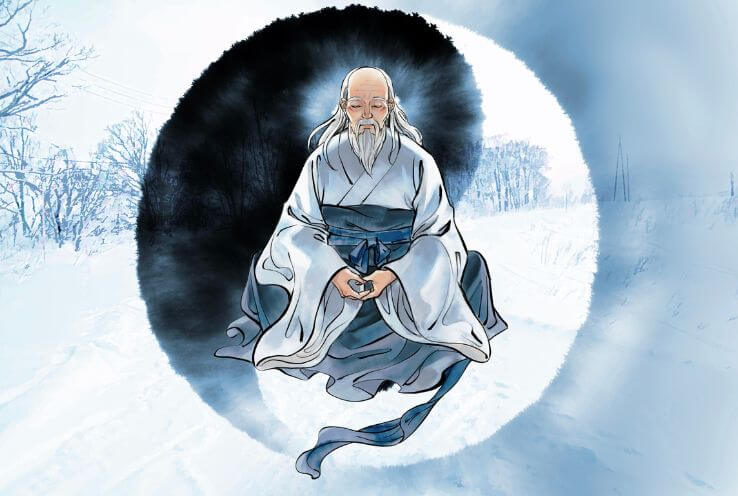
Taoism was also called Daoism, and it was based on the teachings of the Tao Te Ching. This religion was practiced in Southeast Asia, China, Taiwan, and other regions of the Americas and Europe. It emphasizes the importance of a person’s internal spiritual balance.
Taoism is well known for utilizing the concepts of Yin and Yang, or the concepts of unity and opposites.
According to the Yin and Yang theory, there are complementary energies of action and inaction, light and dark, hot and cold, etc., everywhere around us. The objective is to bring two opposing forces into balance.
Conclusion of Oldest Religions in the World
Hence, Hinduism is the oldest religions in the world. But with the passing of time, sociology and psychology developed during the 19th century, and then people started to question the nature of religion. These fields give a more analytical approach to the oldest religions and how they influence individuals.
